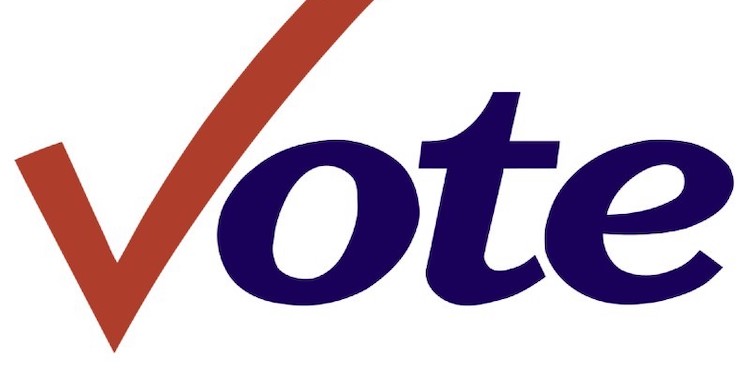India’s Voting System: Key Changes Every Citizen Must Know

India’s democracy is continuously changing, and the recent changes in India’s voting system illustrate how India’s Election Commission is working to make elections more accurate, accessible, transparent, and citizen-friendly. With new reforms set to be announced over 2025, voters, newly registered voters, and political campaigners will all need to be aware of what these changes mean for the voting experience.
Why These Reforms Matter
The underlying rationale for the recent changes to India’s voting system is straightforward enough: streamline the experience for the voter, strengthen the integrity of the voter rolls, eliminate queueing congestion, and continue to build trust in the democratic electoral process. The purpose of any new changes in India’s voting systems must include that every vote is accounted for and each voter’s experience is comfortable, as possible.
Recent Key Changes to India’s Voting System
1.Cleaner and More Accurate Voter Rolls
The recent change/modification to India’s voting system is that the Election Commission has created new systems which will identify potential and actual duplicate voter IDs and or the names of deceased voters.
This would be important for representing the correct voter in the electoral list. Clarifying in the electoral database the death-registration records in accordance to the death-rate in the specific region in India would make the relation to voter rolls more dependable or accurate over time.
2.Polling Booth Crowding Decreased
One of the noteworthy, recent changes to India’s voting system involves decreasing the number of voters permissible to cast a vote at the polling station, from 1,500 to 1,200 registered voters.
Here is what you need to know:
- A quicker voting experience
- A shorter wait time
- Increased booths in high-density locations
This is especially helpful in cities where voter turnout is high or where living quarters are close together.
3.Changes to postal ballot counting
Postal ballots are becoming more popular, especially for seniors, persons with disabilities (PWD), and government officials on official duty.
A key change is that postal ballots must be counted in advance of the second to last round of counting using electronic voting machines (EVMs), ensuring transparency and equal importance is given to postal votes.
This eliminates confusion and disputes over when postal ballot results are shared.
4.Redesigned and simplified Voter Information Slip
The Voter Information Slip (VIS) is easier to read and user-friendly than in the past.
Here is what voters will now receive:
- Easier layout
- Better readability
- Easier to find polling booth information
- Larger font for seniors and visual disabilities
- A minor change, but a very nice change for voters and the overall voting experience.
5.Digital means a cleaner and transparent election
Technology is becoming a normal part of elections. With the new changes to India’s voting system, ECINET, a common digital platform, is being used to manage multiple applications related to elections.
Here reading will be less of an issue and ensure election experience is better.
- Increased coordination
- Quicker data updates
- Improved transparency
- Less manual errors
In additional, more polling stations will have webcasting to allow real-time monitoring to provide accountability.
6.Special Intensive Revision of Electoral Rolls
The Election Commission has started a Special Intensive Revision (SIR) in a number of states to confirm or verify voter documents, especially for individuals added after a certain period of time. The goal of this is to:
- Remove inconsistencies
- Ensure that every eligible citizen is on the voter list
- Prevent fraud and/or duplicate registrations
While some voters may need to submit more documents, ultimately this process will enhance the integrity of the process.
7.Enhanced Monitoring of Political Parties
Political parties that are inactive or non-compliant, are being delisted to ensure that only valid participants are a part of the electoral process. This increases transparency and decreases the chances of taking advantage of political registration.

Our Final Thoughts
The most recent initiative in voter engagement in India is an will help create a smoother, more trustworthy, and more citizen-focused electoral process. Whether that is cleaner voter rolls, improved polling arrangements, modern digital systems, or amendments that will increase accountability – these changes demonstrate India’s commitment to ensuring and enhancing democracy.
As engaged voters, it is our responsibility to continue to consume information about this program so we are clear, confident, and proud when casting our vote.
Follow TuberBuddy for more informative updates and people-friendly explanations on important national changes and civic topics.
